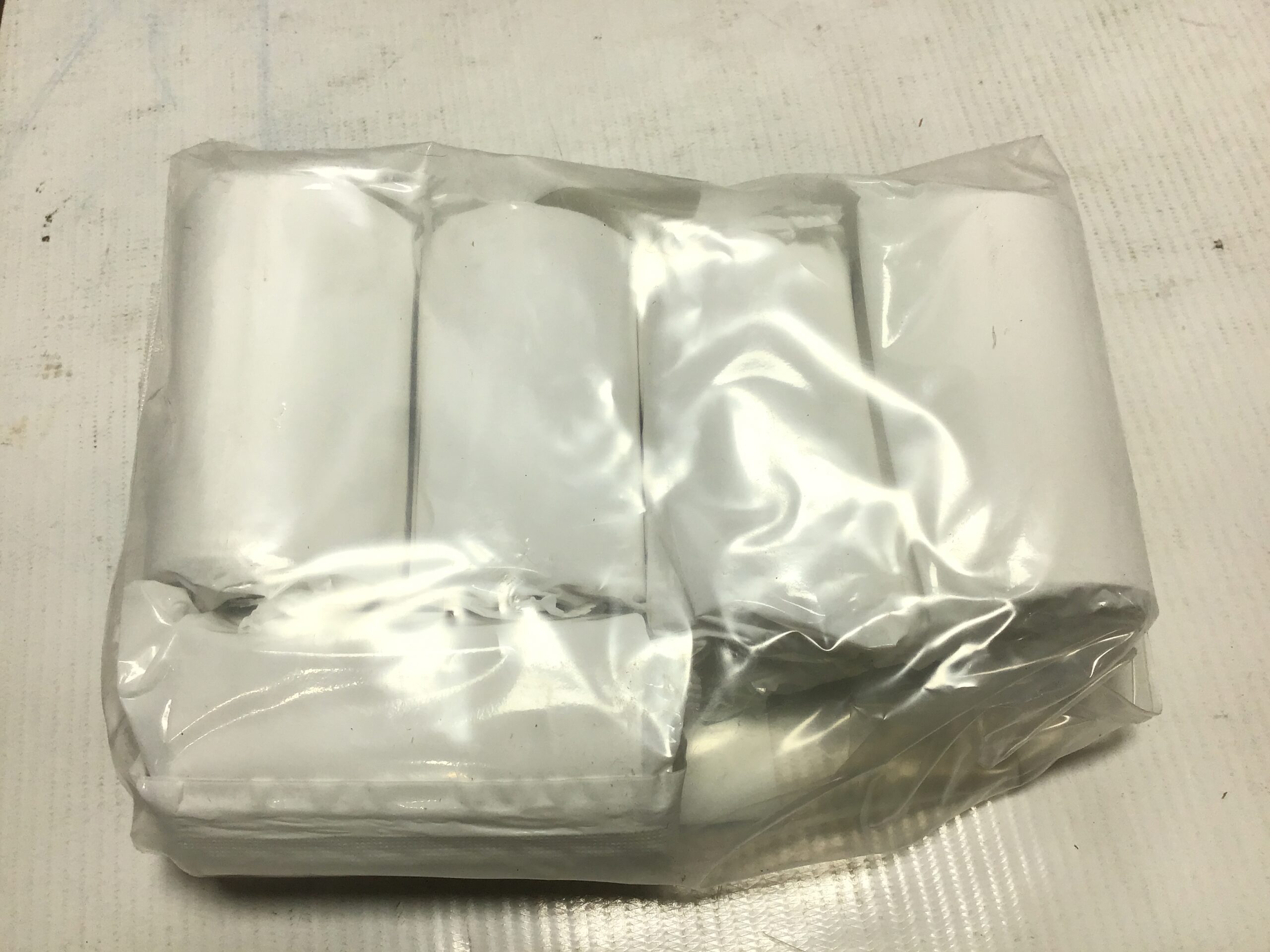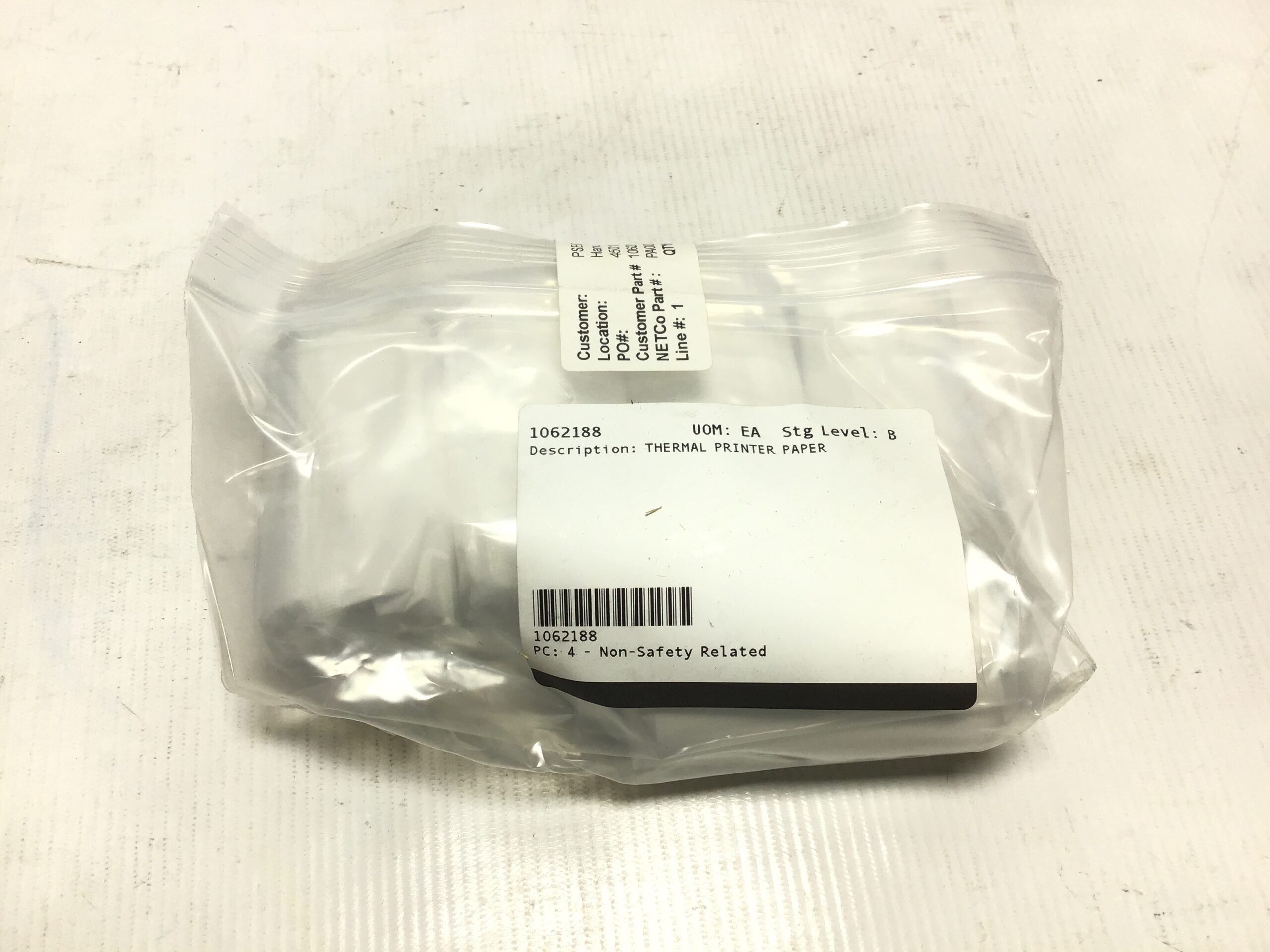Thermal printer paper is a specialized type of paper used in thermal printers, which are commonly found in receipt printers, label printers, and other point-of-sale (POS) devices. Unlike traditional printers that use ink or toner, thermal printers use heat to transfer an image or text onto the paper. The paper used in thermal printers is coated with a special heat-sensitive material that changes color when exposed to heat.
Key Features of Thermal Printer Paper:
-
Heat-Sensitive Coating:
- The paper has a chemical coating that reacts to heat. When the print head of the thermal printer heats up specific areas of the paper, it causes a chemical reaction that creates an image or text. This process is quick, which is why thermal printers are fast.
-
No Ink or Toner Required:
- Since the printing process uses heat rather than ink or toner, thermal printer paper does not require any additional consumables like ink cartridges or toner. This makes thermal printing more cost-effective and low-maintenance.
-
Varieties of Thermal Paper:
- Direct Thermal Paper: This type of paper directly reacts to heat. It’s commonly used for printing receipts, labels, and tickets. However, it’s sensitive to light, heat, and friction, which can cause the print to fade over time.
- Thermal Transfer Paper: This type of paper works with a thermal transfer ribbon, where the printer uses heat to transfer ink from the ribbon onto the paper. It’s typically more durable and longer-lasting compared to direct thermal paper, making it ideal for applications requiring more longevity (e.g., barcodes, asset labels).
-
Size Options:
- Thermal printer paper comes in a variety of sizes to accommodate different printer models. Common sizes include 2 1/4″, 3″, 4″, and other custom widths. The length of the rolls also varies, with many rolls being 50-100 feet long or more.
-
Environmental Considerations:
- Thermal paper often contains BPA (bisphenol A) or BPS (bisphenol S) in the coating, which are chemicals that can raise environmental and health concerns. There are BPA-free thermal papers available that are more eco-friendly.
-
Durability and Storage:
- Direct thermal paper tends to degrade faster than thermal transfer paper. Direct thermal prints can fade if exposed to heat, sunlight, or friction. Thermal transfer prints are more durable and can withstand harsher conditions, making them better suited for long-term applications.
-
Applications:
- Retail/Point of Sale (POS): Printing receipts, invoices, and sales transactions.
- Labeling: For products, shipping labels, or barcode printing.
- Tickets: For events, transportation, or parking.
- Logistics: Printing tracking labels or address labels.







Reviews
There are no reviews yet.